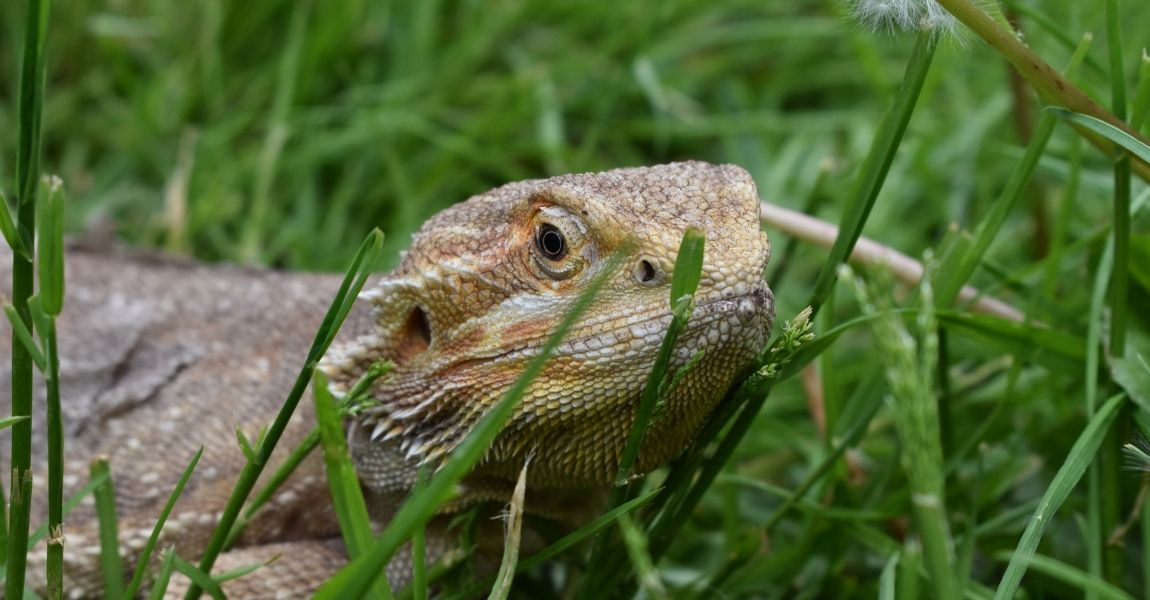Introduction:
If you own a bearded dragon or are considering getting one, it's important to know how to determine their gender. While it may be challenging to differentiate between male and female bearded dragons, there are several visual cues and behavioral characteristics that can help you determine their sex. In this article, we will provide you with a guide on how to tell the difference between a male and female bearded dragon.
Size and Body Shape:
Generally, adult male bearded dragons tend to be larger and have a bulkier body compared to females. Males often develop broader heads, thicker necks, and more muscular bodies. Females, on the other hand, have a more slender and streamlined body shape.
Hemipenal Bulges:
One of the most reliable ways to determine the gender of a bearded dragon is by examining the vent area, located near the base of the tail. Male bearded dragons have two hemipenes, which are paired reproductive organs. These hemipenal bulges appear as two small, raised bumps on either side of the vent.
Femoral Pores:
Femoral pores are small, glandular openings found on the inner thighs of bearded dragons. Males typically have larger and more noticeable femoral pores compared to females. These pores secrete a waxy substance used for marking territory and attracting mates. However, note that not all males have prominent femoral pores, and some females may also have faint pores.
Head Bobbing and Arm Waving:
Male bearded dragons often exhibit head bobbing and arm waving behaviors, especially during social interactions or courtship displays. This behavior is less common in females. Males may bob their heads up and down, inflate their beard, and wave one or both forelimbs to assert dominance or attract a mate.
Coloration and Patterns:
While not a definitive method, males and females may exhibit slight differences in coloration and patterns. In some species, males have more vibrant colors, such as deeper orange or red hues, especially during breeding season. However, color variations can vary widely between individual dragons, so this should not be the sole factor for determining gender.
Reproductive Behavior:
During the breeding season, females may exhibit signs of reproductive behavior, such as digging or laying eggs, even if they have not been mated. Males, on the other hand, may become more territorial and display aggressive behavior towards other males. Observing these behaviors can provide additional clues to help determine the gender of your bearded dragon.
Professional Assistance:
If you are uncertain about determining the gender of your bearded dragon, or if you have a young dragon that does not yet exhibit clear sexual characteristics, consulting a reptile veterinarian or an experienced reptile breeder can be helpful. They can perform a physical examination or use specialized techniques, such as probing, to accurately determine the gender.
Conclusion:
Differentiating between male and female bearded dragons requires a combination of visual cues, behaviors, and sometimes professional assistance. By observing their size, body shape, vent area, femoral pores, and behaviors like head bobbing and arm waving, you can make an educated guess about your dragon's gender. Remember that sexual dimorphism can vary among individuals and species, so it's important not to rely solely on one characteristic. If you are unsure, seeking guidance from an expert can provide a more definitive answer.





